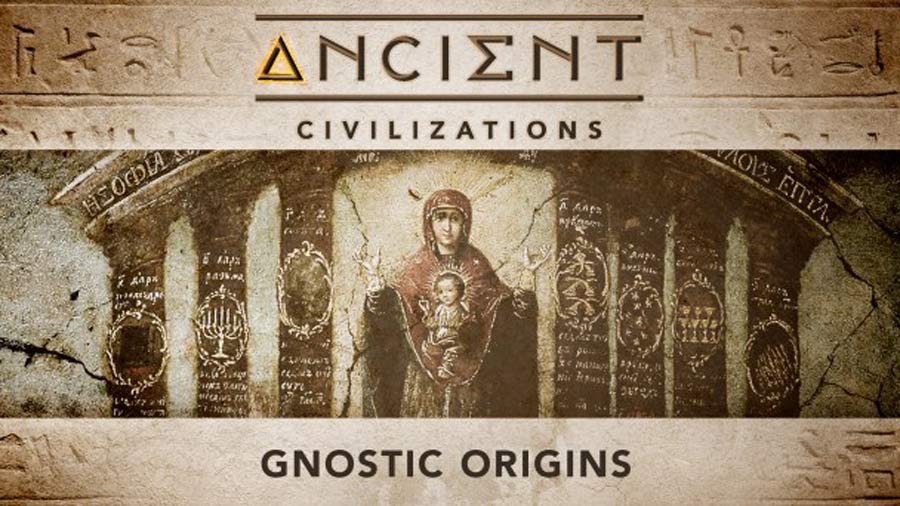Ancient Civilizations – Gnostic Origins: Who or what might be the creator of all things, has been a central tenet of every religious thought since the dawn of humanity. Just when many had thought it was all figured out, the discovery of the Gnostic texts in Nag Hammadi, Egypt changed what we knew about the ancient world and brought to light competing concepts of creation and control. Our exploration of ancient civilizations continues as we to illuminate the gnostic worldview, which offers a unique take on the creation of our universe by the goddess Sophia, the false reality which endures under the thumb of the demiurge, and the forces working to awaken the divine spark within all of humanity.
Since times immemorial, humankind has searched for the answers to who we are, where we came from and why are we here. Embedded into ancient mythology and our forgotten history, is a code which unlocks our connection with transcendence and paves the way for a new golden age.
Ancient Civilizations – Gnostic Origins
Gnosticism is a collection of religious ideas and systems which coalesced in the late 1st century AD among Jewish and early Christian sects. These various groups emphasised personal spiritual knowledge (gnosis) above the orthodox teachings, traditions, and authority of religious institutions. Viewing material existence as flawed or evil, Gnostic cosmogony generally presents a distinction between a supreme, hidden God and a malevolent lesser divinity (sometimes associated with the Yahweh of the Old Testament) who is responsible for creating the material universe. Gnostics considered the principal element of salvation to be direct knowledge of the supreme divinity in the form of mystical or esoteric insight. Many Gnostic texts deal not in concepts of sin and repentance, but with illusion and enlightenment.
Gnostic writings flourished among certain Christian groups in the Mediterranean world around the second century, when the Fathers of the early Church denounced them as heresy. Efforts to destroy these texts proved largely successful, resulting in the survival of very little writing by Gnostic theologians. Nonetheless, early Gnostic teachers such as Valentinus saw their beliefs as aligned with Christianity. In the Gnostic Christian tradition, Christ is seen as a divine being which has taken human form in order to lead humanity back to the Light. However, Gnosticism is not a single standardized system, and the emphasis on direct experience allows for a wide variety of teachings, including distinct currents such as Valentinianism and Sethianism. In the Persian Empire, Gnostic ideas spread as far as China via the related movement Manichaeism, while Mandaeism is still alive in Iraq, Iran and diaspora communities.




